By Cheng Li and Yang Yanci from CNS
Having spent two decades studying the earliest Chinese writings, American scholar Richard Sears is affectionately known as “Uncle Hanzi” in China, a reference to his research on hanzi, Chinese characters. It led him to found Hanziyuan.net, a website on the etymology of Chinese characters, which provides a wealth of information on different Chinese scripts and what the characters mean.
Language is like a mirror, reflecting a country’s cultural and historical progress and its exchanges with other cultures. With China’s rise, the world is keen to understand the culture behind it and the Chinese language is a bridge to the culture. Sears explains his dedication to searching for the roots of Chinese characters and sharing his findings with the world: “Chinese characters belong not just to China, but to the entire world.”
How the search began
Richard Sears is one of the earliest scholars in the world to use modern technology to study the source of Chinese characters.
He learned Chinese when he was 22. He is now in his 70s and still at it. In the 1990s, he started digitizing Chinese characters and his website provides information on nearly 100,000 ancient Chinese characters. This keen interest in Eastern culture is a quantum leap from studying computer science in the United States, his Masters subject. “Chinese characters are very difficult for foreigners to learn,” he admits, “but when I learned Chinese, I found it to be the most wonderful language.”
Chinese characters are ideographic while most of the world languages today are phonetic, including English. Besides Chinese, Japanese and Vietnamese are also ideographic, and they are both deeply influenced by Chinese.
How to understand this difference? Sears’s explanation is that Chinese characters developed from primitive pictographs and had a more intuitive meaning. The early oracle bone inscriptions—divination inscriptions found on tortoise shells and animal bones dating back to the Bronze Age—are mainly pictographic. Although the form of Chinese characters changed over thousands of years, their ideographic function is still very significant. Therefore, to learn Chinese, we need to start by “discussing writing and explaining characters,” he says, quoting ancient Chinese scholar Xu Shen, who compiled the first comprehensive dictionary of Chinese characters, Shuowen Jiezi.
Chinese and English not only have morphological differences, the way they are learned is also distinctly different. According to Sears, in the Western phonetic language system, the meaning of a word is often indicated by its “morpheme” and “roots.” The deep difference between the two languages means that Westerners, when they learn Chinese, should not follow the way they learn Western languages. Instead, they should adopt a completely different “story memorization method.”
“Foreigners learn Chinese differently from the way the Chinese do.” The Chinese grow up in a Chinese language environment where the system of learning includes rote learning of Chinese characters. It is easy for the Chinese, but not for foreigners. So when foreigners learn Chinese, they need to have an interest and for that, it is important to understand the story behind the Chinese characters.
Rote memorization is painful. It’s easier to master the characters if you understand their pictographic origins. Thus Sears began his long journey to find the roots of Chinese characters, leading to the creation of the website that explains the source of Chinese characters.
Making learning Chinese fun
“Every Chinese character is logical and has its own story.” This is something Sears says frequently. “Learning Chinese is not only mastering a mysterious Oriental language, but also understanding thousands of years of Chinese culture through words. Understanding is also the first step out of prejudice and toward recognition.”
Every foreigner has a different starting point for learning Chinese. With China opening up more and more to the outside world and the rise in its international influence, many countries are now eager to learn more about China as well as learn from China.
According to Hanban, the Chinese institution promoting the Chinese language internationally, by 2020, more than 70 countries included Chinese in their national education system; over 4,000 universities and 30,000 primary and secondary schools overseas had Chinese courses; there were 45,000 Chinese language schools and training institutions abroad; and nearly 200 million people abroad had learned Chinese.
“When I started learning Chinese, China was still relatively closed. There are few channels to learn Chinese and understand China. But as China becomes more and more open and progressive, foreigners have more and more reasons to learn Chinese, learn the Chinese characters and come to China. The Chinese live and work all over the world. You meet them everywhere, which also makes foreigners interested in the Chinese language.”
These changes encouraged him to continue studying the source of Chinese characters. His perception is that Chinese characters and the Western alphabet not only have different origins, but also represent the different ways of thinking and behavior as well as the different scientific, moral and legal concepts of the two people. “Writing” is the carrier that passes down all these differences.
“If you understand the source of Chinese characters, you will understand the life and culture of ancient Chinese people. For example, some characters depict ancient textiles, some ancient astrology, and some traditional Chinese agriculture and livestock. Every word has a story behind it, and these stories are linked to Chinese history. When we understand the evolution of the characters, we can clearly see their origin and the thoughts of the ancient Chinese.” According to him, this is the biggest difference from learning English, and also the most fun part.
Without a deep understanding of the story behind each character, it is difficult to truly understand traditional Chinese culture. “Of course, you can learn Chinese by rote, but the essence is lost.”
The different ways in which the same thing is expressed, for instance in Chinese and English, also reflect their cultural differences. In English, the word “cousin” is used to summarily explain various kinds of relations. But in China, there are more than 10 different terms such as paternal cousin, maternal cousin and so on. This shows that in China, the ancient concept of a large family still exists, and this strong bond of kinship continues to this day. This is very different from the Western concept of small families.
To learn Chinese characters from their roots is to translate the “most difficult language” into the most vivid story, so that people can learn and then better understand the cultural differences between China and the West. This can make cross-cultural communication more effective and smoother. In a sense, this is an important link in the people-to-people bond.
Breaking cultural boundaries
Through Sears’s website, people around the world can learn Chinese on their own. It receives more than one million hits every month and the users are from over 170 countries and regions.
The integration of modern technology with traditional Chinese characters has given the Chinese language a wider audience and more channels. This is apt because in today’s era of globalization, culture should not have a “sense of boundary.” Sears sees Chinese characters as not belonging to China alone but to the entire world. He says, “Every time a Chinese tells me it’s unbelievable that I speak Chinese, I reply, Chinese is not only Chinese, but a valuable culture for the whole world.”
In December 2020, at the age of 70, Sears got his long-awaited Chinese permanent residence card. It means Uncle Hanzi can now live in China as long as he wants to. In September 2021, his Uncle Hanzi Studio was set up in the city of Nanjing in eastern China to apply the latest technology for studying Chinese characters.
Though Sears loves his sobriquet Uncle Hanzi, he can now claim a higher title, Grandpa Hanzi. What are Grandpa Hanzi’s future plans? “To continue working to break down the cultural boundaries, promote exchanges between China and the West, and share stories of the Chinese characters with more people.”








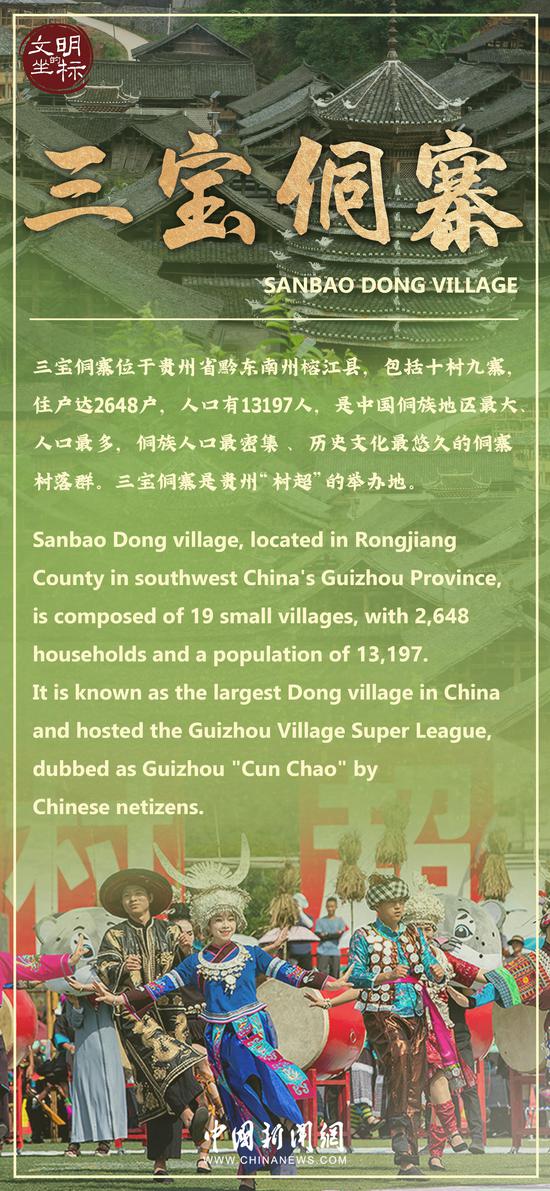





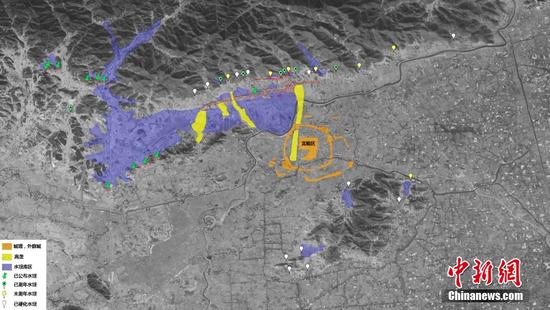














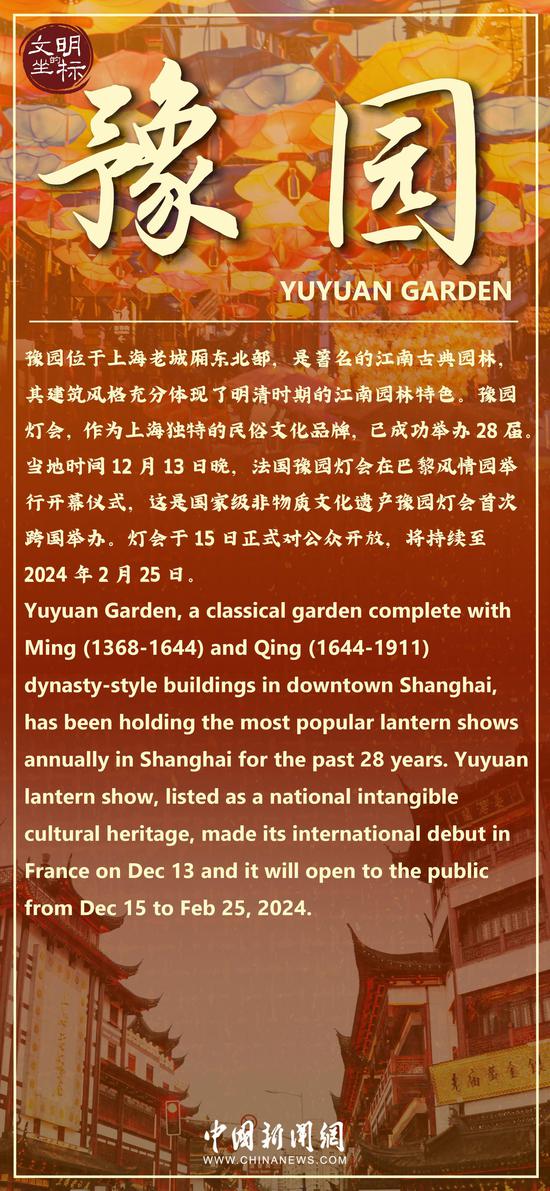






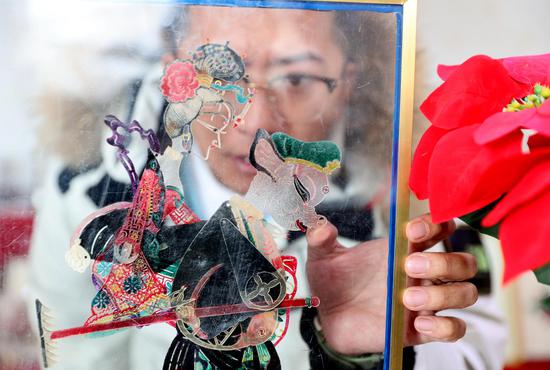



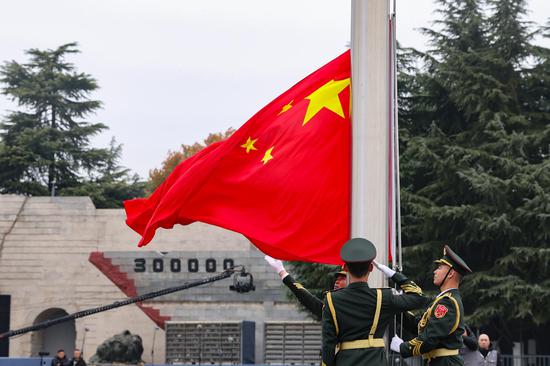

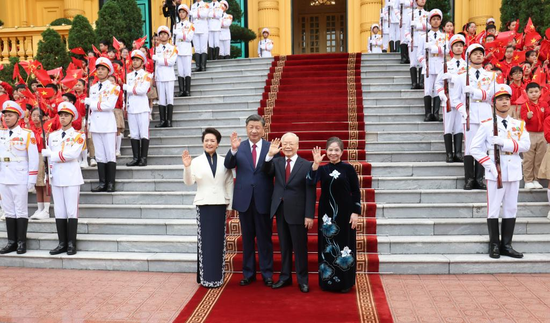
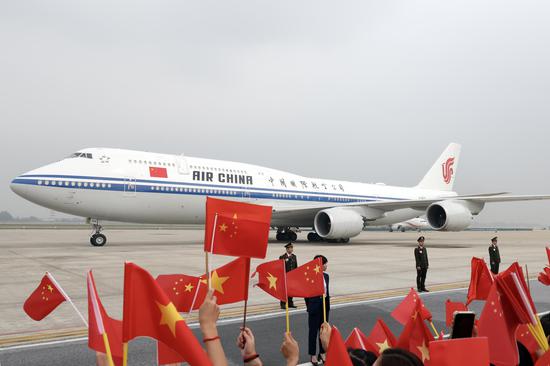






 京公网安备 11010202009201号
京公网安备 11010202009201号